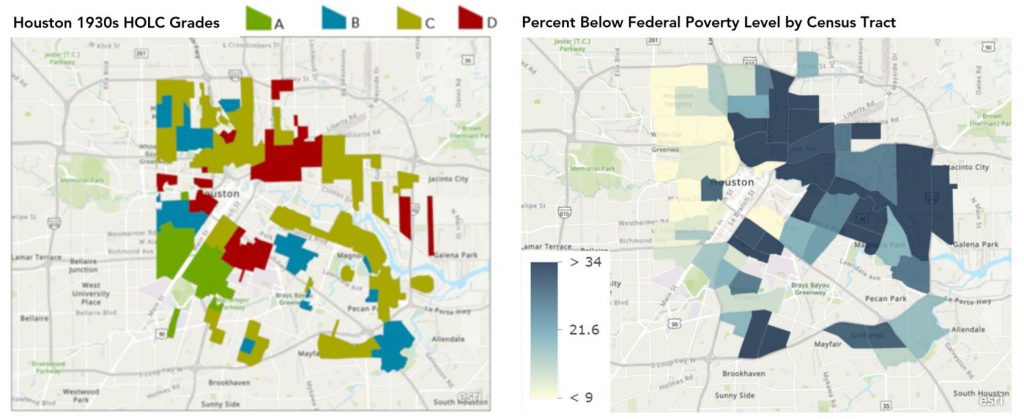It does this mostly through its portal www. reita. How does real estate work.org, providing understanding, education and tools for financial advisors and investors (How to get a real estate license in ohio). Doug Naismith, handling director of European Personal Investments for Fidelity International, stated []: "As existing markets broaden and REIT-like structures are presented in more countries, we expect to see http://emilioatcp214.theburnward.com/some-ideas-on-how-much-does-it-cost-to-become-a-real-estate-agent-you-should-know the overall market grow by some ten percent per year over the next 5 years, taking the market to $1 trillion by 2010." The Financing Act 2012 brought 5 primary changes to the REIT regime in the UK: the abolition of the 2% entry charge to join the routine - this ought to make REITs more appealing due to minimized costs relaxation of the listing requirements - REITs can now be AIM priced quote (the London Stock Exchange's international market for smaller growing business) making a listing more appealing due to reduced expenses and higher flexibility a REIT now has a three-year grace period prior to needing to adhere to close business guidelines (a close business is a company under the control of five or fewer investors) a REIT will not be thought about to be a close business if it can be made close by the addition of institutional investors (authorised unit trusts, OEICs, pension schemes, insurance business and bodies which are sovereign immune) - this makes REITs appealing investment trusts [] the interest cover test of 1.
Canadian REITs were established in 1993. They are needed to be configured as trusts and are not taxed if they distribute their net gross income to investors. REITs have been omitted from the earnings trust tax legislation passed in the 2007 spending plan by the Conservative federal government. Numerous Canadian REITs have restricted liability. On December 16, 2010, the Department of Finance proposed changes to the guidelines defining "Qualifying REITs" for Canadian tax functions. As a result, "Qualifying REITs" are exempt from the new entity-level, "specified investment flow-through" (SIFT) tax that all openly traded income trusts and partnerships are paying as of January 1, 2011.

Like REITs legislation in other countries, companies must certify as a FIBRA by adhering to the following rules: a minimum of 70% of assets need to be purchased funding or owning of realty possessions, with the remaining amount invested in government-issued securities or debt-instrument shared funds. Acquired or developed property possessions need to be earnings creating and held for at least 4 years. If shares, called Certificados de Participacin Inmobiliarios or CPIs, are released privately, there should be more than 10 unassociated investors in the FIBRA. The FIBRA must disperse 95% of yearly profits to investors. The first Mexican REIT was released in 2011 and is called FIBRA UNO. What can you do with a real estate license.
